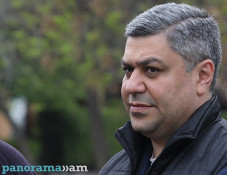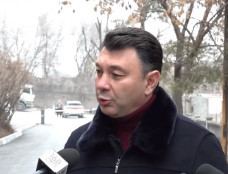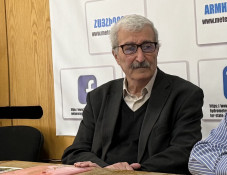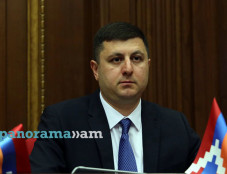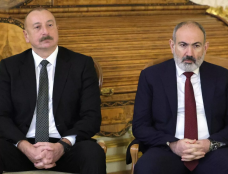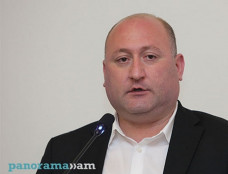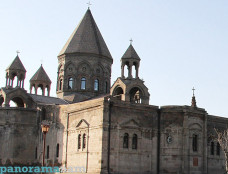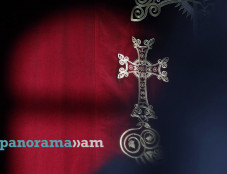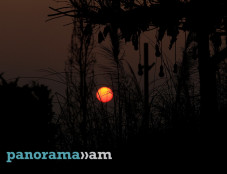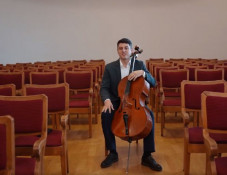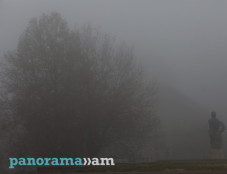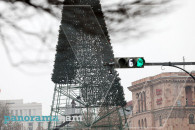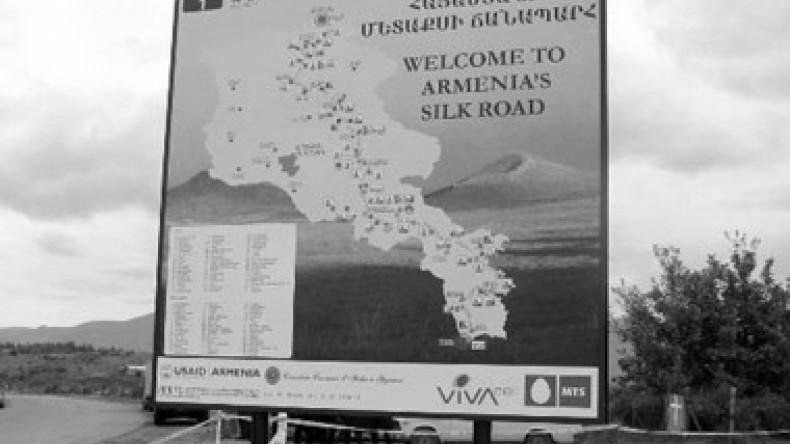
VivaCell-MTS opens Silk Road Stop/Village Welcome Center near Georgian border
VivaCell-MTS, a subsidiary of “Mobile TeleSystems” OJSC, informs about the Silk Road Stop/Village Welcome Center presentation in the frames of Armenian Monuments Awareness Project (AMAP) that was held in Ptghavan Village, near the Georgian border.
The opening of the rest stop was spiced up with local folk performances, food and drink and the unveiling of the village center, which featured souvenirs and handcrafts from P’tghavan village and the gifted students of the Noyemberian school for disabled and orphaned children.
Many think of the Silk Road as a single trail but in fact there were dozens of routes connecting East and West, most by land, some by sea. They crossed East to West and North and South, taken by traders over thousands of years of travel. Routes changed according to season and the vagaries of the times, the most popular tracing river valleys and lake shores as they wound their way to their final destinations. Armenia’s Silk Road is made of several routes that crisscross the country. AMAP’s route follows the North-South corridor that connects Iran with Georgia.
The aim of the project is to establish “rest stops” along the Armenian Silk Road, stops that will combine rest area amenities with locally made and grown crafts, products and local services. Communities participating in the project will receive sustainable income from selling locally made or provided goods and services at designated Silk Road Stops; gain capacity to continue producing, packaging and marketing goods and services in a standardized way for an international traveler market and in changing conditions; encouraged and empowered to seek alternative income opportunities that draw on the local community’s unique talents and skills, contribute to stopping the drain of talent and skills now inflicted on rural and vulnerable communities in Armenia.
The general sponsorship of AMAP reflects VivaCell-MTS’ commitment to the preservation of Armenian history. The Company is led by the belief that corporate responsibility should embrace projects cherishing Armenian National Identity and Culture.
This was AMAP’s second presentation in 2010 and was a landmark in its short history supporting local and rural development through culture and tourism. In just two years AMAP has installed over 320 installations at 49 monuments in Armenia. This year 142 installations were added at 46 locations, including 20 Braille panels (installed at 14 sites during the last year), Armenia’s first Audio Tours program and the Adopt a Monument Program.
The projects are sponsored by VivaCell-MTS, The US Ambassadors Cultural Fund, USAID/CAPS, the Honorary Consul for Italy in Gyumri and the Norwegian Ministry for Foreign Affairs.
Newsfeed
Videos





